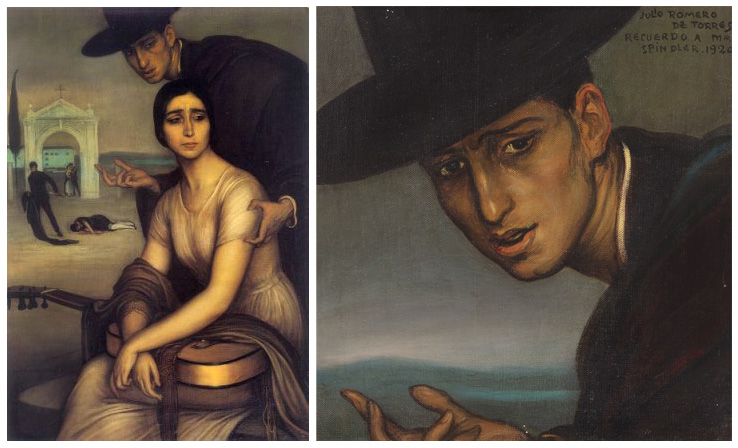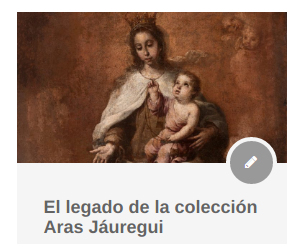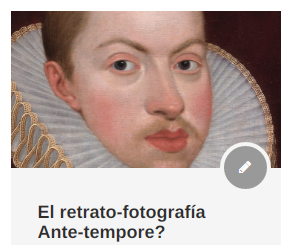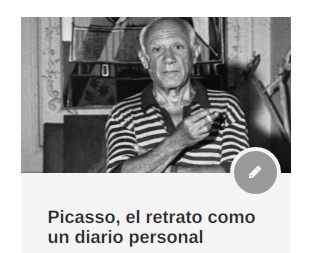Julio Romero Torres painter par excellence of flamenco
The work of Julio Romero de Torres occupies in the history of Andalusian painting a place similar to that occupied by García Lorca in poetic art. , since in both the vernacular reached a depth of universal resonance. Both comparable, in their respective artistic languages, with the effects of cante jondo on the listener’s mind, elevate the apparent banality of regional customs and peculiarities to a sublime expression of shared concerns in any time and place: love and death, desire. passion and instinct, channeled by the magic of creation.
A) Yes, avant-garde and tradition, local flavor and universal significance, intertwine in the work of Romero de Torres . Only he had the secret of the master formula whose ingredients (symbolism, decadence, genre painting …), skillfully recombined, gave rise to mysterious scenographies where the manners theme was veiled behind dense warps in whose nets the spellbound gaze of the spectator was trapped.

See, for example, the painting “Malagueña” (1917, exhibited in the Majestic Hall in 1919), where a young man wearing a Cordovan hat leans over Amalia “La gitana”, whose guitar rests on her lap . The young man seems to want to console the woman’s pain, suffering that is expressed in the crease of the eyebrows and the fleeting gaze. Behind them, a crime of passion is described (as belonging to an episode that has already occurred, or perhaps yet to come). The cypress announces death and mourning. The flamenco theme and its stereotypes (passionate love, jealousy, guitar, Christian cross, funeral rite…) have been treated in such a way that they rise beyond local folklore. Rather, they respond to a plastic transposition of eternal feelings.
To characterize the male character of the aforementioned canvas, the painter used his son Rafael Romero. The The same face and clothing, the same gesture and a very similar expression, is the one adopted by the character portrayed in the painting that Setdart puts up for auction this time (lot 35201692): it is a portrait of Rafael Romero in which only the face and shoulders are framed, and where the hint of the landscape hinted at in the background also coincides with that fragment of the Malagueña.
It is clear from these parallels that this portrait should have served as a study of the artist’s expression for the painting “Malagueña”, as the historian Mercedes Valverde Candil has pointed out . Be that as it may, this portrait of Rafael wearing a Cordovan hat acquires value in itself, given the psychic depth that covers his expression. A look and features that, despite their expressiveness, preserve the secret of their emotions, as was usual in Romero de Torres’ characters.






